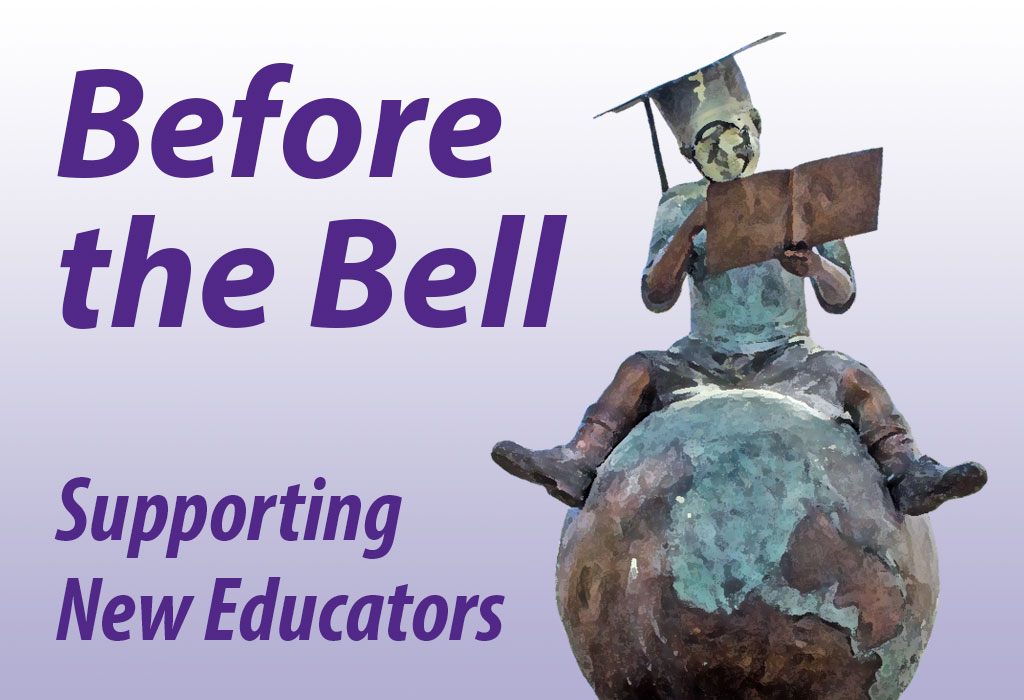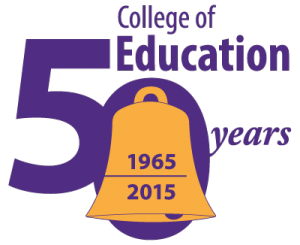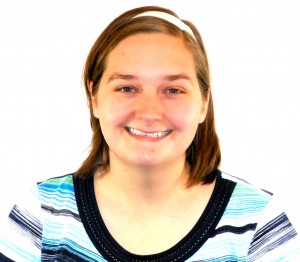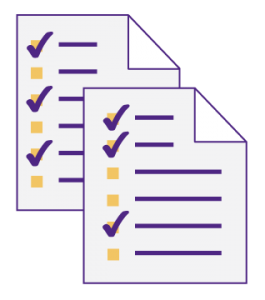Lori Goodson, Editor
Mary Hammel, Technical Editor
Category: October 2015
Happy Birthday to Us….
How to Win Your Battle with the Piles and Piles of Paper
 Amid all the new things you’re learning—bell schedules and assembly procedures, as well as the names of 135 or so of your very favorite students and a batch of new computer passwords and codes, one important area you will need to become comfortable with is record keeping.
Amid all the new things you’re learning—bell schedules and assembly procedures, as well as the names of 135 or so of your very favorite students and a batch of new computer passwords and codes, one important area you will need to become comfortable with is record keeping.
As a new teacher, you’re probably realizing all the requirements for your new position, but good record keeping will save you plenty of headaches through the year. Absences, tardies, missing assignments, grades, and communication with students’ families and guardians are just a few of the details you’ll need to record. So let’s look at some suggestions that, hopefully, will make your daily teaching duties a little easier!
Communication Log: Communication—with families and guardians, colleagues, administrators, education leaders, and community members—is so important, and in the midst of lesson plans, activities, and classroom management, it can easily get lost.
IDEAS:
- Consider recording dates you attempted to contact (by phone or through email) parents/guardians and dates you successfully contacted parents/guardians regarding specific student concerns or successes. Make a brief note of the topic of communication and any decisions or input.
- Record dates/copies of student behavior referrals.
- Record ideas/suggestions gathered through your various communications.
- File family/guardian emails in a separate folder on your computer for easy access.
Attendance: When you’re dealing with 30 or more students, keeping track of attendance can be a daunting task! While you’ll probably have a computer program that your school uses to record students who are absent or tardy, you’ll probably want to include your own personal system, as well.
IDEAS:
- Develop a way to organize papers and other materials that absent students will need when they return.
- Try using a folder posted on a board or in a designated spot and placing any materials in it with specific students’ names on them. If you teach multiple classes, clearly label a folder for each class.
- Keep a list of students and their missing assignments. Many grading programs will generate these for you. Consider printing out two copies—a master copy for you and then a copy of each student’s missing assignments. Hand out a list of missing assignments to each student; handing these out on Fridays can be especially helpful to give them the weekend to address their missing assignments.
Grades: Keeping up with the grading and maintaining accurate grade sheets are always a concern for teachers—new and veteran teachers alike. Here are some suggestions; also check out our list of 10 Assessment Tips in this issue.
IDEAS:
- Keep a basket on your desk so students will know where assignments go when they’re completed.
- Try to grade papers—and empty that basket—by the end of the day on Fridays. What doesn’t get taken care of by then probably needs to go home over the weekend. Try to always start your week with an empty assignment basket for a fresh start to your week.
- If you teach more than one class, have a folder for each class where you place assignments to be returned after they’ve been assessed.
- Group assignments and enter grades by the class, if possible. As late assignments come in, mark those students’ names off the missing assignments list.
- Just to be safe…periodically, especially if it has been a busy assignment time, print off the whole-class grade sheet and file in a secure place. If technology would fail (when you least expect it), you will have a backup.
Our Own COE Grads in the Classroom

-
Sidney Westervelt
Fifth-grade teacher, Washington Elementary, USD 475 Geary County Schools
- “It has been absolutely wonderful to work with the students in my classroom because of the constant diversity in my kids. … As a first-year teacher, don’t stress. All the pieces fall into place as they’re supposed to. Your job is to love kids, with some teaching along the way.”
-
-
Amanda Ellis
Music teacher, K-4 at Beeson, K-5 at Linn, Dodge City, KS
- “I have the blessing of working in a district where I get to see every class every day, which is becoming very uncommon in the state of Kansas nowadays. I have my own classroom at Beeson and really getting along with the kids there. We’re currently working on 2nd/3rd grade Fall Program and 4th/5th Winter Program. At Linn we have two classes in one room, which poses its opportunities and challenges. Team-teaching offers a unique situation where I get to see another teaching style while at the same time finding my own. At both schools I am discovering my strengths and weaknesses every day. It’s been a roller coaster ride from day one but I’m enjoying it!
-
Show Some School Spirit!
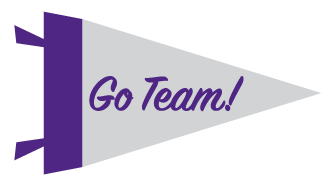 Remember going to your first K-State homecoming event? All the festivities? You probably spent the night before figuring out just how much purple you could wear to show your team spirit!
Remember going to your first K-State homecoming event? All the festivities? You probably spent the night before figuring out just how much purple you could wear to show your team spirit!
Well, don’t forget the fun of it all as you begin your teaching career! Besides K-State, you now have new Homecoming traditions—a parade, supporting the marching band, having special “dress-up” days, Homecoming queen and king, the big football game, etc. Be sure to recognize all those opportunities your students are involved in as you settle in to your new school.
As a K-Stater, you know how important those events are—how they provide incentives for your students, a sense of belonging to a school family, and self-esteem. As time allows, try to attend some of the other events to cheer on your students—and to show that you recognize their interests and efforts outside the classroom.
And, in case you need a bit more purple in your life, don’t forget the upcoming KSU football games:
- HOME GAME! Nov. 5 (Thursday) vs. Baylor, 6:30 p.m.
- HOME GAME! Nov. 21 vs. Iowa State, TBA
Join #WeAreEdCats Online
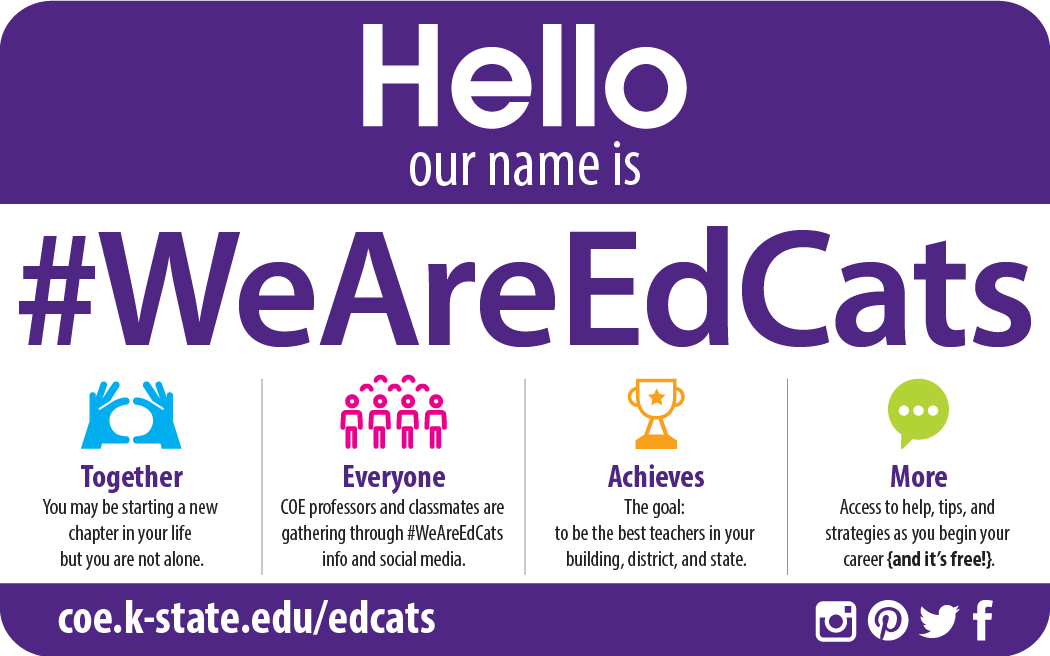 Have you checked this out yet? Join the fun today!
Have you checked this out yet? Join the fun today!
Dr. Tonnie Martinez and others are leading a new effort to help beginning teachers like you thrive as you begin your career! We spent our summer planning ways to help you, so be ready to hear lots of good things about #WeAreEdCats in the future! Check out the website at coe.k-state.edu/edcats!
We’d Love to Hear from You!
![]() Do you have a question about classroom procedures? Or a suggestion for a topic we should address in Before the Bell? Want to add your name to our mailing list? Or provide a different email for our mailing list? Or, if you’re in your first year of teaching, send us a photo of you at work in your classroom!
Do you have a question about classroom procedures? Or a suggestion for a topic we should address in Before the Bell? Want to add your name to our mailing list? Or provide a different email for our mailing list? Or, if you’re in your first year of teaching, send us a photo of you at work in your classroom!
Second-year teachers, feel free to jump in and offer suggestions to those who are following your career choice!
We’d love to hear from you, so please email us at lagoodson@k-state.edu.
Go, COE Cats!
Welcoming That First Evaluation
Hopefully, you have visited with your administrator about the formal evaluations. He or she can share the number of times you’ll be formally observed and the process.
Usually, you’ll have a pre-evaluation meeting, followed by the formal observation. After that, you’ll likely have a formal meeting. For this part, make sure you complete any required forms. In many districts, you’re required to provide a detailed lesson plan (and possibly a one-page, brief version), seating chart, a brief narrative regarding the class, and copies of any materials you use during the class. Include anything to help him or her “see” what’s going on in the class—and anything to simplify the process.
You’ll probably find that, if you’ve built a relationship with your students, they’ll step up during the formal observation to help you succeed. Be sure to appreciate how they jump in to respond to your questions, sit still when they need to be sitting still, etc. We’ve rarely see students (big or small) misbehave intentionally during a formal observation.
For the pre-observation and post-observation meetings, share strengths and weaknesses. A good administrator will listen to your self-evaluation and help you strengthen the areas you believe need some help. Much like you work with your students, he or she should be eager to help you succeed.
As a new teacher, you will find an administrator may visit your room anytime. (It’s even been known for a superintendent to make an impromptu visit to a classroom now and then, as well. The teacher simply looked up from the front of the class and saw him sitting in one of the desks.) The best way to prepare for that is to make sure you’re ready every morning. Often, it’s best to take a few minutes at the end of the day to set up for the following day’s classes. Get your materials photocopied, organized, etc., so you don’t have to do any searching as the students arrive in your classroom the next morning.
These evaluations early in your career are extremely typical. If anything, consider it a sign of support—that your administrators want to make sure you’re doing well in your classroom and want to know if there are steps they can take to help you be successful.
After the first year, the pressure of evaluations eases up quite a bit—especially if you’ve proven you’re qualified and comfortable in the role of a classroom teacher.
Am I right, second-year teachers? Are you remembering the butterflies of that first evaluation? Be sure to email and share some of your thoughts!
Just Ahead
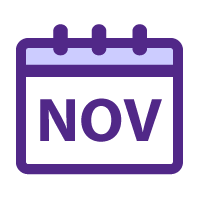 Don’t look now, but fall is quickly shifting into winter. Next month, we’ll offer some ideas to get you prepared as you move into the second quarter of the school year.
Don’t look now, but fall is quickly shifting into winter. Next month, we’ll offer some ideas to get you prepared as you move into the second quarter of the school year.
- Fantastic online classroom resources…from some of your favorite KSU professors
- Ways to celebrate the holidays and value your classroom’s diversity
- Our quick guide to faculty meetings
